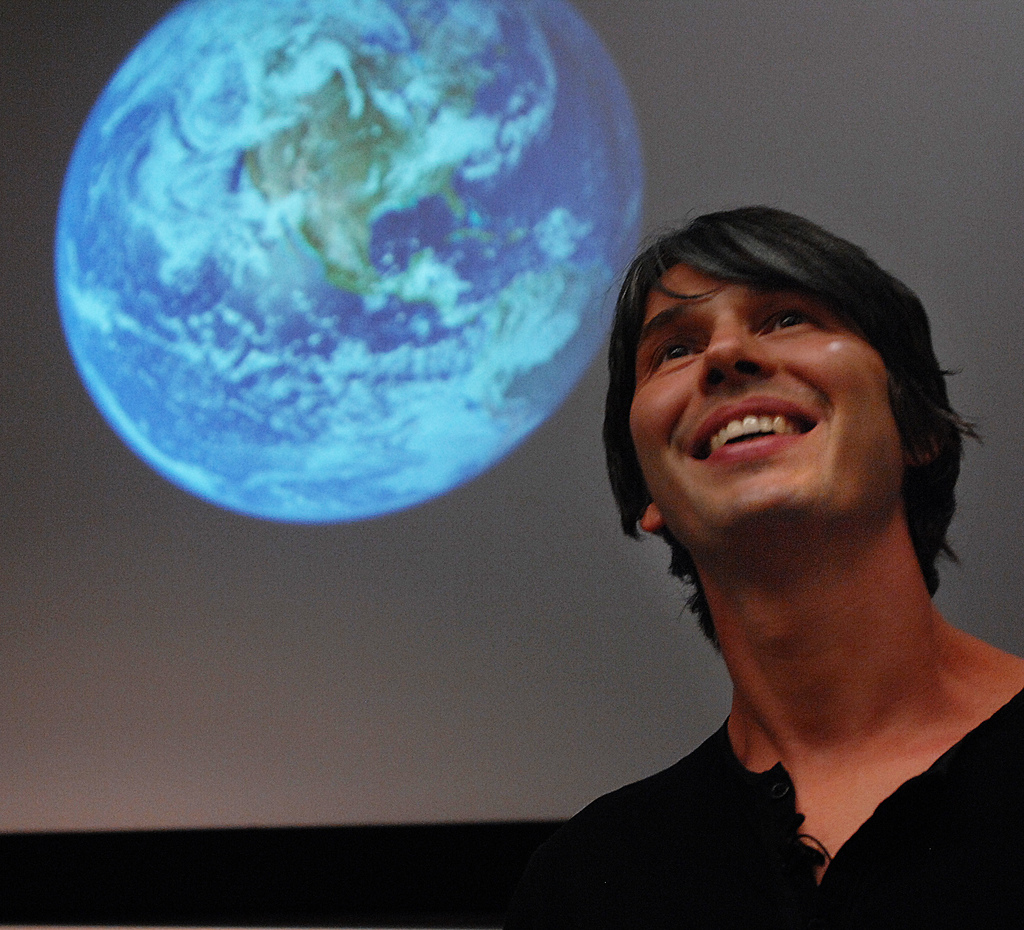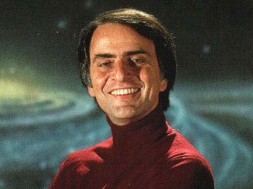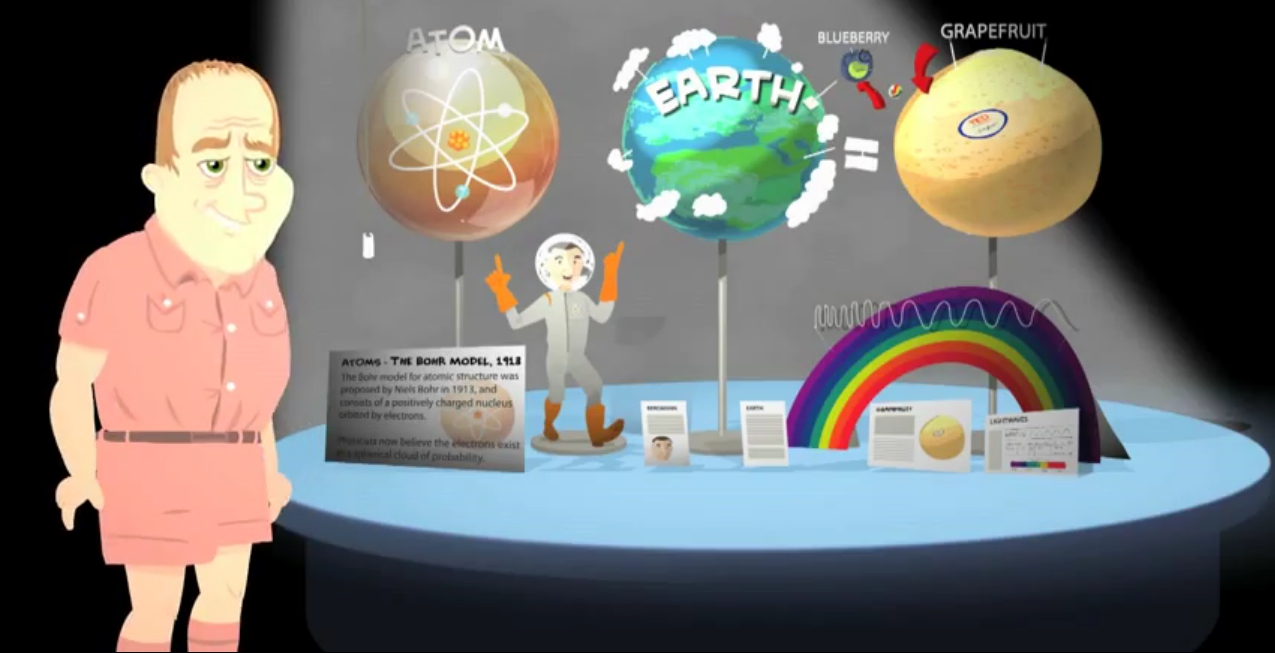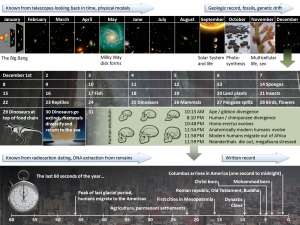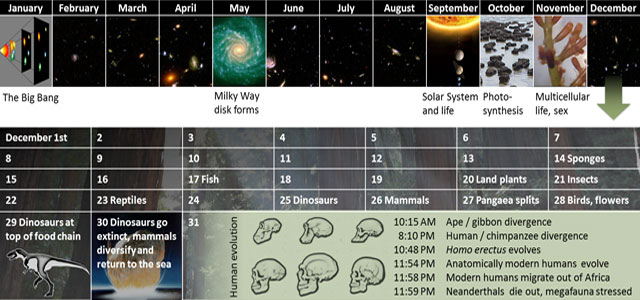
The Cosmic Calendar
Imagine the entire history of the universe squeezed into a single year…
It can be nearly impossible for our brains to comprehend the scale and age of the cosmos. Talk of “billions and billions” can easily lead to a loss of perspective when attempting to comprehend vast amounts of time .
Thankfully, our favourite cosmologist Dr. Carl Sagan popularized ‘The Cosmic Calendar‘ on his television series Cosmos. Here he is explaining the concept:
The Cosmic Calendar is a scale in which the 13.7 billion year lifetime of the universe is mapped onto a single year. At this scale the Big Bang took place on January 1 at midnight, and the current time is mapped to December 31 at midnight.
At this scale, there are 434 years per second, 1.57 million years per hour, and 37.7 million years per day.
Here’s a detailed, high-resolution copy of the calendar thanks to Wikipedia:
And here’s some incredible highlights:
- The Milky Way does not form until May
- Our Solar System forms in August
- The first signs of life on Earth in September
- Dinosaurs are extinct by December 30th
- Modern humans evolve on December 31st at approximately 11:54pm
- Recorded history begins in the final 15 seconds of the year
- Columbus arrives in America in the last second of the year


